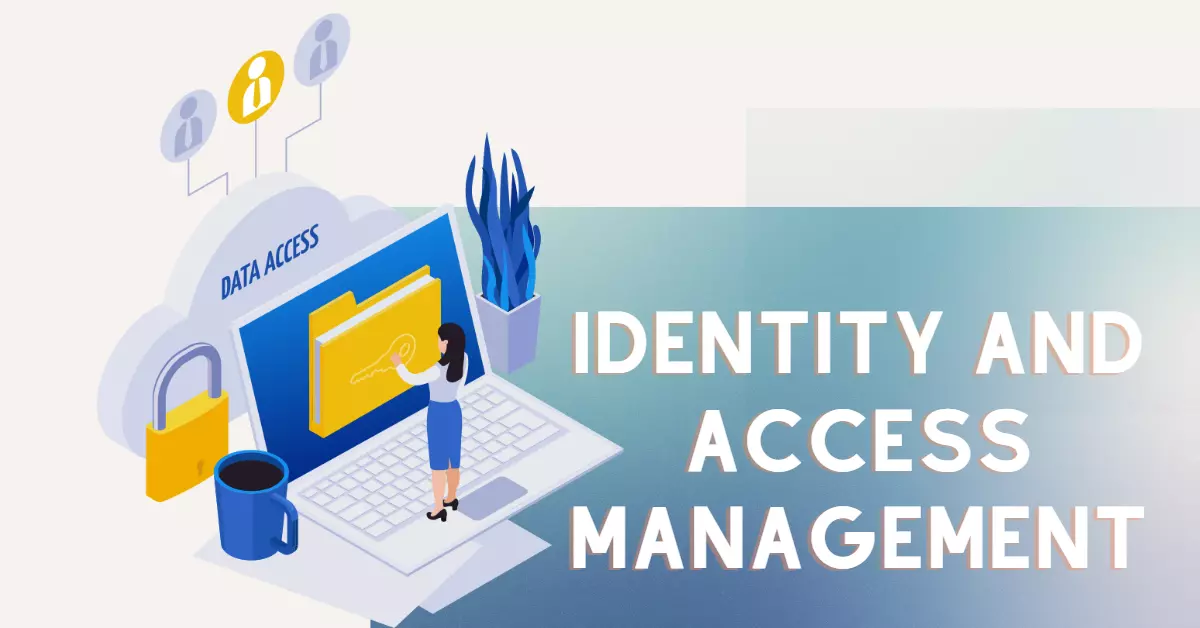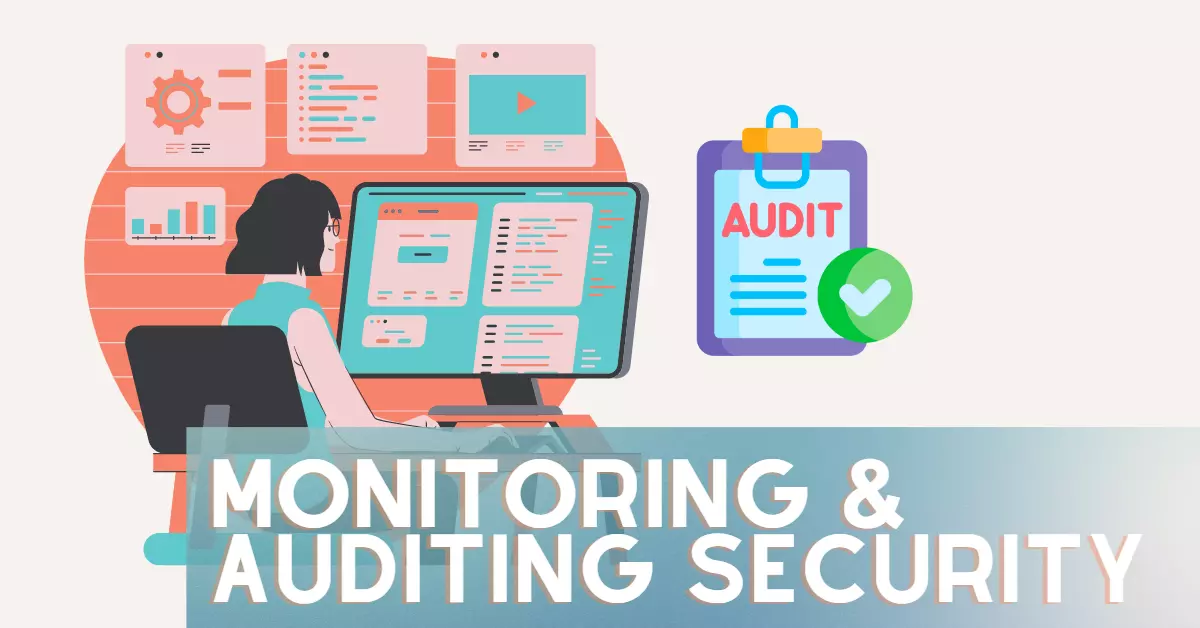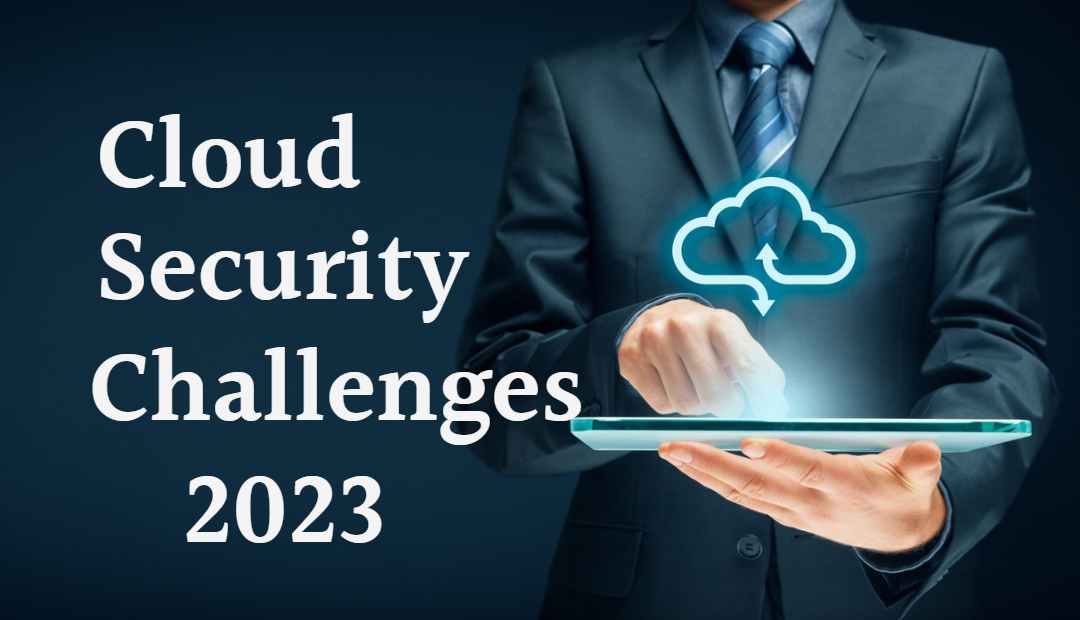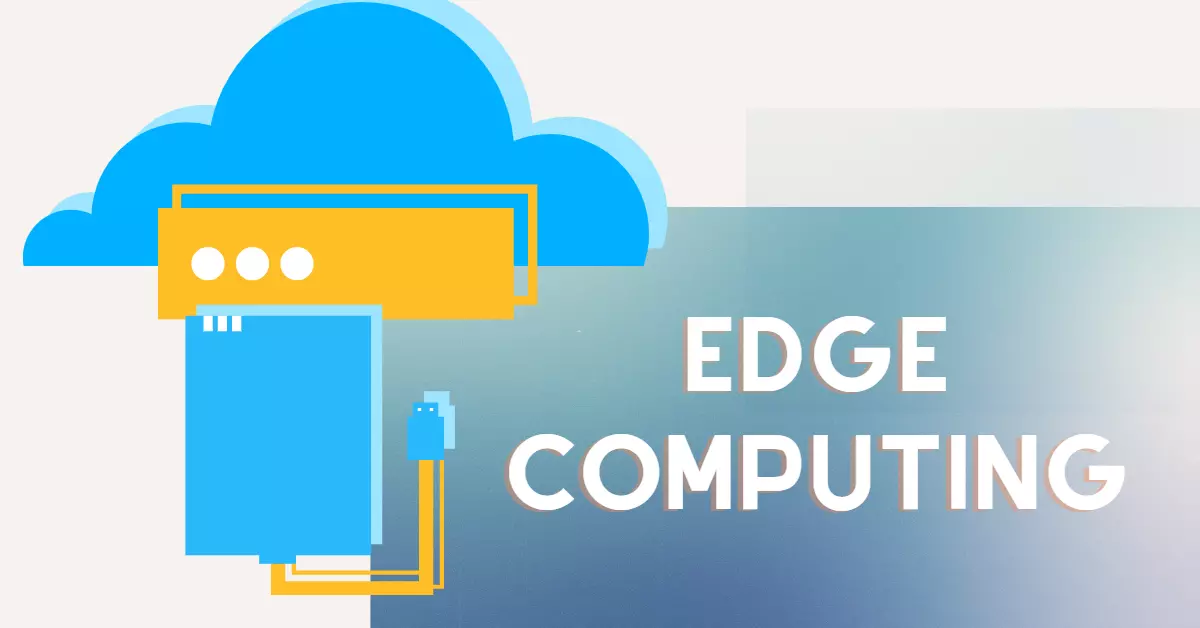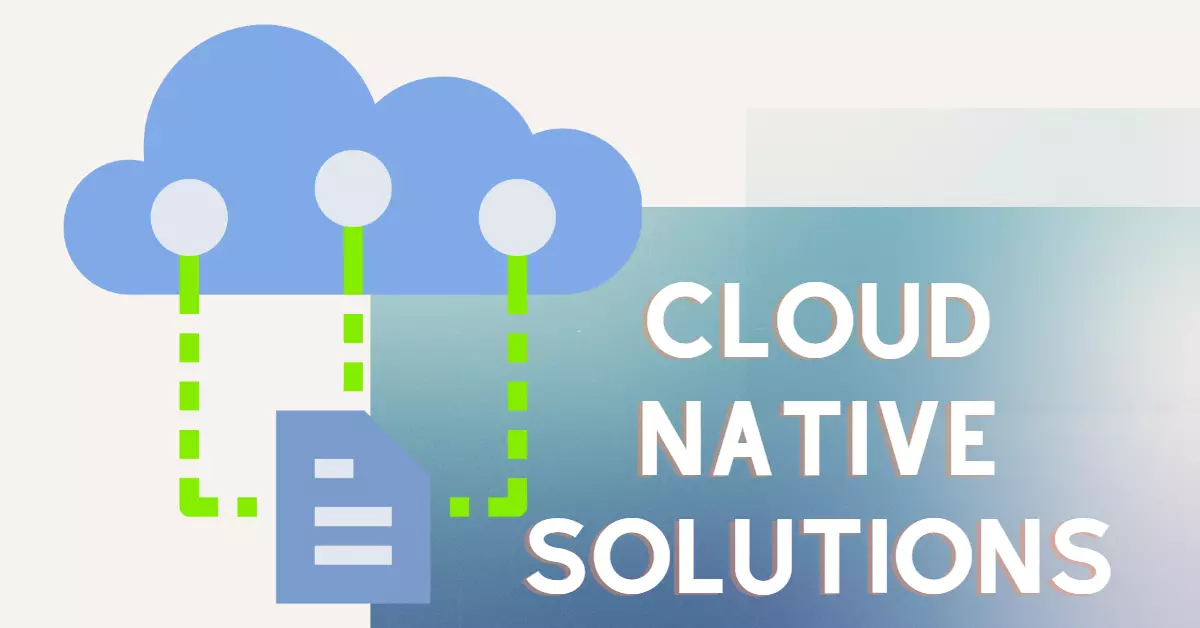As more and more businesses move to the cloud, they face a number of security risks that can put their sensitive data at risk. One of the most significant risks is identity and access management (IAM). IAM is the process of controlling who has access to your cloud resources and what they can do with them. By implementing strong IAM policies, businesses can mitigate many of the security risks associated with the cloud.
What is Identity and Access Management
Identity and Access Management (IAM) is the process of managing and controlling who has access to a company’s digital resources, such as networks, databases, and applications. It involves the creation, maintenance, and use of digital identities, and the management of the access rights and permissions associated with those identities.
The main objectives of IAM are to ensure that only authorized users have access to the company’s resources and that they can only perform actions that are appropriate to their role or job function. IAM solutions typically include features such as user provisioning, authentication, authorization, role-based access control, and auditing.
One of the key elements of IAM is user access control. This is the process of granting or denying access to specific resources based on a user’s role or job function. For example, an administrator would have access to all resources, while a regular user would only have access to the resources they need to do their job. By implementing role-based access control, businesses can ensure that only authorized users have access to sensitive data.
Another important aspect of IAM is multi-factor authentication (MFA). MFA requires users to provide two or more forms of identification before they are granted access to a resource. This can include something the user knows (like a password), something the user has (like a security token), and something the user is (like a fingerprint). By requiring MFA, businesses can greatly reduce the risk of unauthorized access.
IAM also includes monitoring and logging. This is the process of tracking and recording user activity to detect and investigate suspicious activity. By monitoring and logging user activity, businesses can detect and respond to security breaches quickly.
Another important aspect of IAM is the management of privileged access. Privileged access is the ability to perform certain actions that are not available to regular users. These actions can include administrative tasks such as creating new users, changing access rights, or configuring security settings. By implementing a privileged access management (PAM) solution, businesses can ensure that privileged access is only given to authorized users and is closely monitored.
In summary, identity and access management is a crucial aspects of cloud security. By implementing strong IAM policies, businesses can mitigate many of the security risks associated with the cloud. This includes implementing role-based access control, requiring multi-factor authentication, monitoring and logging user activity, and managing privileged access.
It’s also important to note that IAM is not a one-time process, but a continuous effort. Businesses must regularly review and update their IAM policies to ensure that they are still effective. Additionally, they should review the access rights of users and terminate access for those who no longer need it.
In conclusion, mitigating cloud security risks through IAM is crucial for protecting sensitive data and ensuring the continued success of your business. By implementing strong IAM policies and regularly reviewing and updating them, businesses can keep their cloud environment secure and compliant with industry standards. Remember, security is a continuous effort and it’s important to be proactive and stay vigilant to secure your sensitive data in the cloud.

